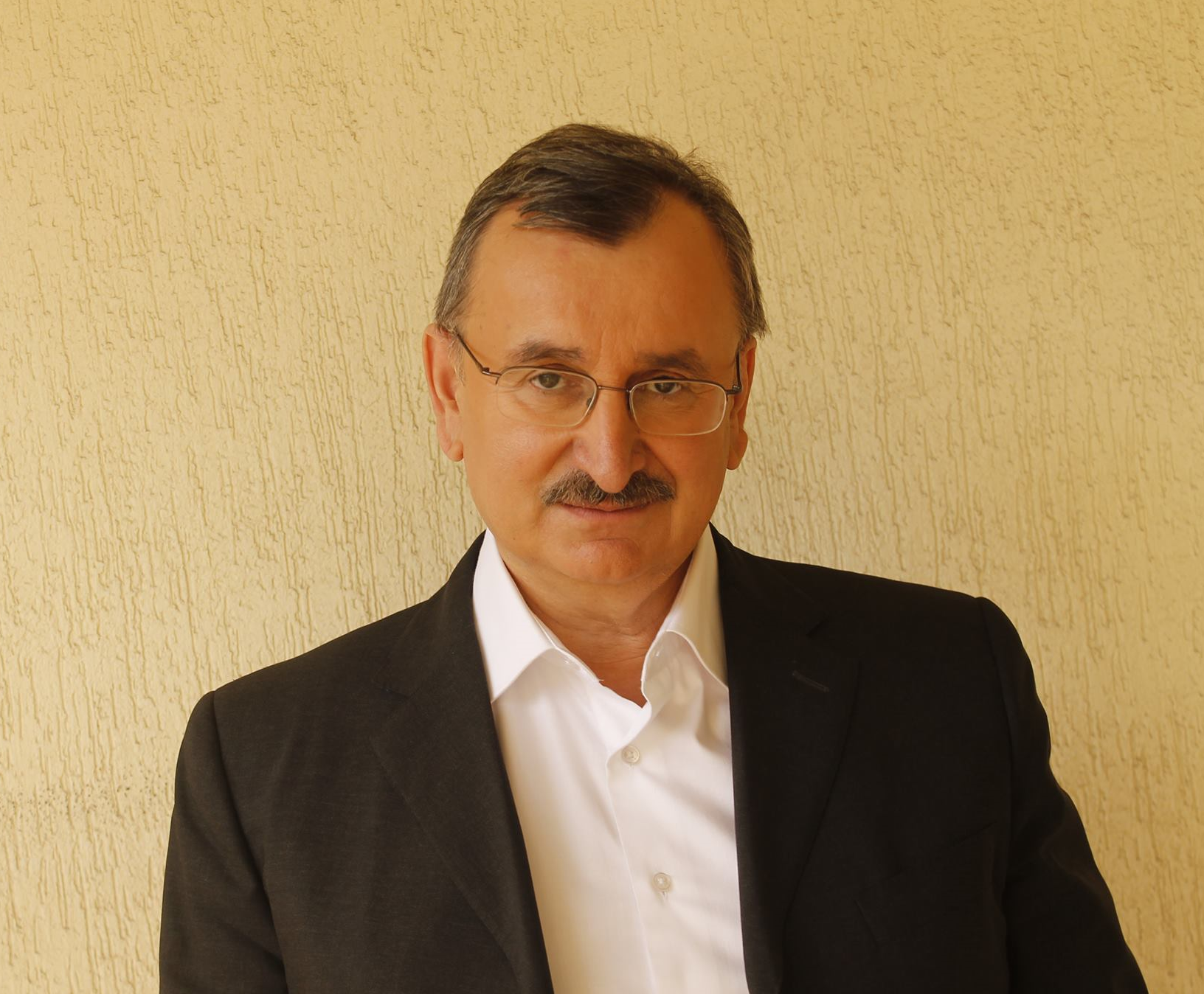“There is not a single country which has a GDP per capita more than USD 10,000 and does not have more than a 60% urbanisation rate.” Roman Gotsiridze used this argument to criticize the so called “Mountain Law”. The MP thinks that the Government of Georgia’s regional development policy is unreasonable and the government should not oppose the irreversible process of urbanisation, which is directly related to economic development.
FactChecktook interest in the accuracy of the statement.
The gross domestic product (GDP) is the total sum of a country’s production and services generated in one year. In order to compare the data of different countries, the GDP is calculated by per capita in USD. For instance, Georgia’s GDP per capita in 2016 was USD 3,582. Urbanisationis a process when the proportion of people living in urban areas increases within the total population of a country alongside an urban lifestyle. At the present moment, approximately 52% of the world’s total population lives in cities.
According to the data of International Monetary Fund and the Central Intelligence Agency of the United States, of those 64 countries whose GDP per capita in 2016 exceeded USD 10,000 there were only nine countries whose levels of urbanisation were below 60% according to the 2015 urbanisation figures.Table 1:
GDP Per Capita in USD and Level of Urbanisation (%)
| Country | GDP Per Capita, USD | Level of Urbanisation, % |
| Antigua and Barbuda | 14,432 | 23.8% |
| Barbados | 15,955 | 31.5% |
| Croatia | 11,858 | 59.0% |
| Equatorial Guinea | 14,176 | 39.9% |
| Seychelles | 15,319 | 53.9% |
| Slovakia | 16,648 | 53.6% |
| Slovenia | 21,370 | 49.6% |
| Saint Kitts and Nevis | 16,979 | 32.0% |
| Trinidad and Tobago | 16,717 | 8.4% |
The International Monetary Fund has underlined 39 advanced countries (so-called advanced economies) which have the best economic performance and are distinguished with their high level of life and high level of industrialisation. Of these 39 countries, only Slovakia and Slovenia have a rate of urbanisation below 60%.
Urbanisationis closely linked with rising levels of income and the improvement in social indicators such as: life expectancy, education level, a decrease in infant mortality, accessibility of infrastructure and social services. Cities ensure higher levels of productivity and higher income per capita. City-based economic activities account for more than 50% of the GDP in every country.
There are nine least urbanisedcountries in the world: Niger, Burundi, Nepal, Ethiopia, Uganda, Papua-New Guinea, Sri-Lanka, Trinidad and Tobago and the Solomon Islands (Table 2). It is evident that the low level of urbanisation is directly related to a weak economy and the more a country develops, the higher the urbanisation level gets.
Table 2:
GDP Per Capita in USD and Level of Urbanisation (%)
| Country | GDP Per Capita, USD | Level of Urbanisation, % |
| Niger | 411 | 18.7% |
| Burundi | 325 | 12.1% |
| Nepal | 733 | 18.6% |
| Ethiopia | 795 | 19.5% |
| Uganda | 638 | 16.1% |
| Papua-New Guinea | 2,528 | 13.0% |
| Sri-Lanka | 3,887 | 18.4% |
| Trinidad and Tobago | 15,342 | 8.4% |
| Solomon Islands | 1,971 | 22.3% |
Even though the Government of Georgia uses certain state programmes to assist rural dwellers more than people living in the cities, Georgia’s level of urbanisation is getting higher. In 2007, the country’s level of urbanisation was 52%. It was 53% in 2012 and reached 57% in 2016.
Conclusion
Of those countries whose GDP per capita exceeds USD 10,000, there are only nine countries with urbanisation rates below 60%.
There is an obvious positive correlation between a country’s economic strength and its level of urbanisation. Therefore, under economic growth, the Government of Georgia’s village support programmes could not serve as an obstacle to urbanisation and would simply make the process protracted.
Despite the fact that statement made by Mr. Gotsiridze is not completely accurate, taking into account the whole context, FactCheck concludes that the MP’s statement is MOSTLY TRUE.







